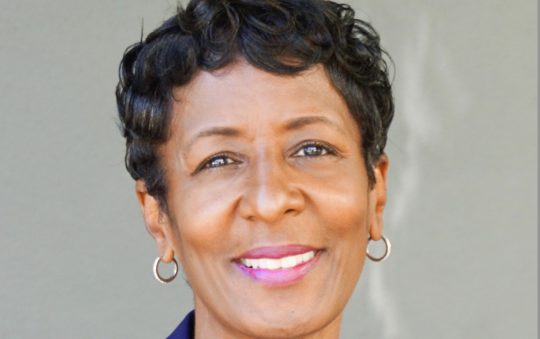
The Los Angeles City Council’s Housing Committee backed a proposal last Thursday to grant amnesty to existing illegal dwelling units at multi-family complexes as long as certain affordability requirements are met.
The proposed ordinance would give owners of multi-family complexes a path toward making their unapproved units legal through following a set of requirements, one of which is to make one additional unit on the property affordable for very low, low or moderate income households for at least 55 years.
The measure is aimed at preserving housing units at risk of being taken off the market amid a housing crisis in Los Angeles, with city officials estimating that 400-500 units are eliminated each year following inspections of multi-family units.
In order to discourage future construction of illegal units, property owners must prove that the unit they are trying to legalize existed as of December 10, 2015.
The amnesty measure also would not apply to illegal units on single- family properties.
The issue is expected to go next to the Planning and Land Use Management Committee, and if approved there, the next stop would be to a vote by the full City Council.
Councilman Felipe Fuentes, who proposed the measure, said existing city laws do not give property owners enough time to work at bringing their illegal units into compliance, leading to tenant evictions in about 80 percent of such dwellings found by the city.
The illegal units that would be affected by such a measure are usually converted from non-residential spaces — such as recreation rooms — into living units, and are usually livable but out of compliance with the area’s zoning laws, according to Fuentes.
Illegal living spaces on single family homes that are converted from garages are tougher to bring into compliance, and would need to be handled separately, according to Fuentes.
Other cities, such as San Francisco, West Hollywood and Santa Monica, have already established ways for unapproved housing units to be brought into compliance.
The city issued citations against the owners of 2,560 illegal units between 2010 and 2015, according to a city report. While 201 were legalized, 1,765 were ultimately removed, which is estimated to have reduced the city’s net housing creation by nearly 10 percent during that period.
City inspectors have said that property owners who are trying to legalize their properties are usually capable of meeting building and safety requirements, but are discouraged by zoning rules that limit the number of units they are allowed to have.
Property owners are often put off by the $20,000 price tag for seeking a zoning variance that allows the extra unit, and instead opt to take the unit off the market entirely, leaving tenants without housing, city planning officials said in a report.






